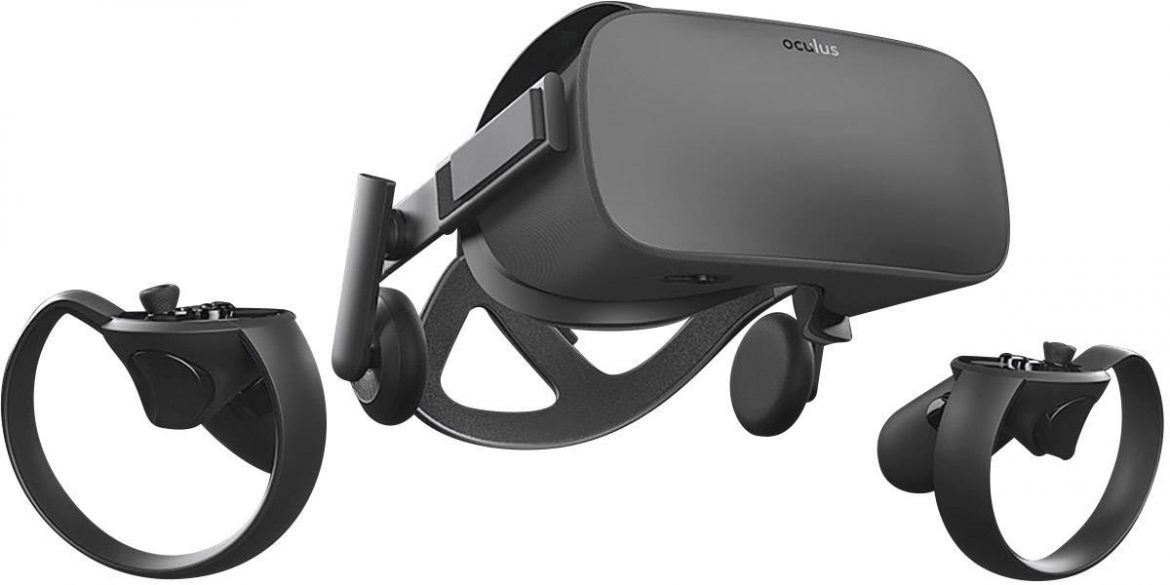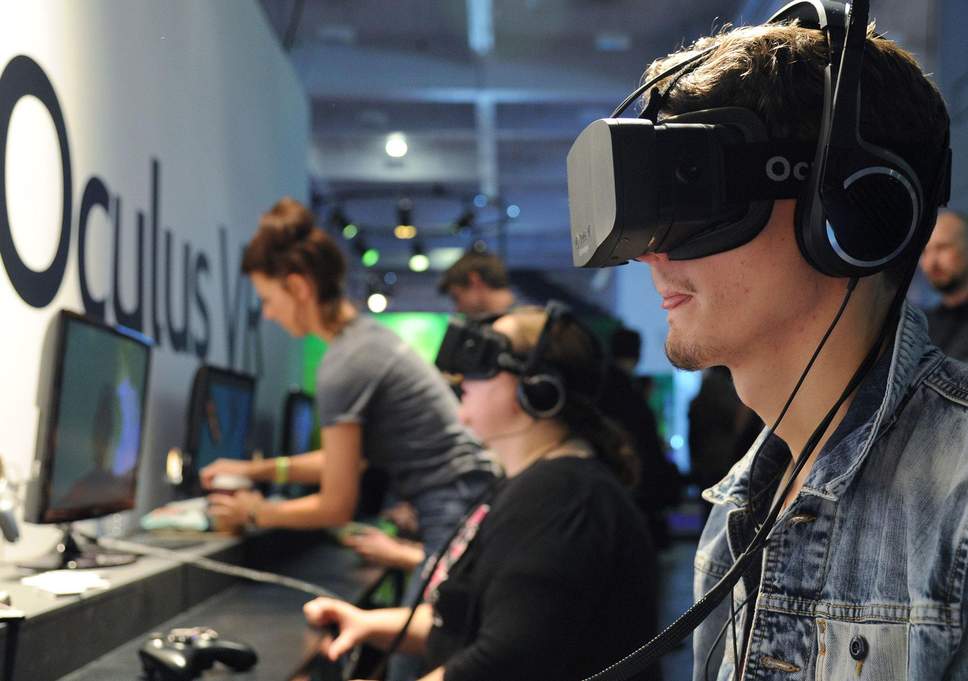
Updated on 29 June 2025
Facebook-owned Oculus has been demoing a prototype of a stand-alone VR headset, which is called Santa Cruz. Unlike the Oculus Rift, this one does not need to be wired to a PC in order work. Like the former, though, its goal is to offer an immersive quality that might help people actually understand why they would want to hang out in a virtual environment, wearing a device on their face.
According to Tubefilter, the prototype is finally coming out. At its annual developer conference today in San Jose, Oculus unveiled the Quest, the official name for the Santa Cruz headset. Oculus plans to ship it next spring for $399.
The Figures Revealed
That puts Quest squarely in the middle of Oculus’s other two headsets: the mobile Oculus Go, priced at $199, and the Oculus Rift, which also costs around $400 but requires a high-powered PC to use. But the Quest headset is not just the end result of a product differentiation strategy. It is a showcase for potentially game-changing virtual reality technology, and part of Facebook CEO Mark Zuckerberg’s lofty goal to get 1 billion people using VR, as he expressed during the event’s keynote address.

The Quest hardware looks unremarkable from the outside, and it uses the same Touch controllers as the Rift. But there are four wide-angle sensors on the headset that are part of the technology that makes the Quest stand out. The Quest has six degrees of freedom—“6DoF” as it’s sometimes called—which allows your head to be tracked strategically, rather than just rotationally. In other words, you can move, not just look around.
The Technology Behind the Headset
High-powered, wired headsets like the Oculus Rift and the HTC Vive also offer 6DoF, but it is technically complicated to achieve with a stand-alone headset; the Oculus Go only offers three degrees of freedom. The Lenovo Mirage Solo stand-alone headset, released earlier this year, can deliver some 6DoF head movement, but only within a small area, and its hand controllers are 3DoF.
Basically, Oculus is taking a technology that usually requires a bunch of sensors at multiple touch points around a room, and recreating the same experience with just the four sensors on your head, using machine learning and computer vision.
It is doing this using every piece of room info it can grab: floors, ceilings, light, wall art, furniture. There inevitably could be challenges with this; things like super shiny floors and white, unmarked walls could theoretically trip it up. Huge Barra, the VR executive at Facebook, said Oculus has tested Insight in “hundreds of different home spaces” and is confident it will work even in these environments.
The optics in the Quest appear to be the same as the Oculus Go; Quest has a display resolution of 1600 by 1400 per eye. However, the Quest has a “lens spacing adjustment to help maximize visual comfort,” according to Oculus. (While the Go display is good, IPD adjustment is key for a comfortable experience.) The built-in audio on the headset is also supposed to be improved from the Go’s sound, and the Quest has 64 gigabytes of internal storage, up from the Go’s 32 gigs.


